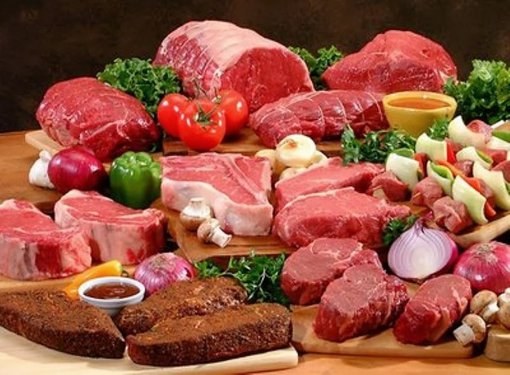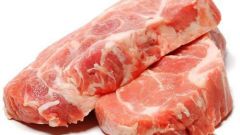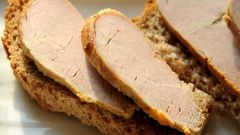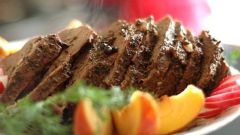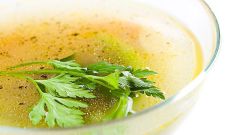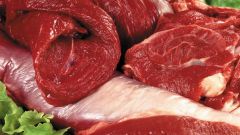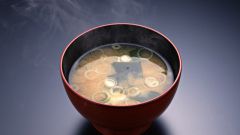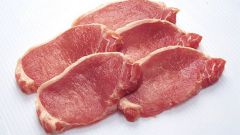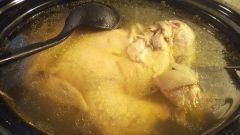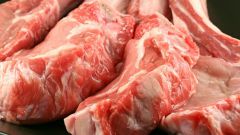Basic rules of cooking
It is important at the outset to decide what to cook the meat. If you place the piece in boiling water, a protein on its surface instantly curdle, forming a kind of carapace. This sheath will not pass through itself into the broth useful elements, that is, they remain in the meat. If you submerge the meat in cold water and heat gradually, a large number of useful components will go into the broth, since the protein on the surface of the piece it will be phased out gradually. So the main nutritional value will be in the broth, not the meat.
The widespread belief that the foam formed on the surface of the broth when cooking meat, it is not necessary to remove because of its nutritional value, is wrong. In fact, the meat gets it about 50 percent of non nutritional value of manure, including toxins, alkaloids, caffeine, theophylline, saxitoxin, theobromine, and other related compounds. They are used in the manufacture of various drugs, but for daily food they did not fit.
Proper cooking of meat involves not only compulsory eat foam, but drain the first broth after 15 minutes of boiling meat. A piece of meat it should be rinsed and only then cook it in fresh water.
No matter what kind of water (boiling or cold) you put the meat, after boiling it should be prepared under the lid on low heat. Salt and spices need to be added to the end of cooking.
Features cooking meat of some species
If you are going to cook the lamb, it is better to give preference to such parts of the carcass as the breast, neck and shoulders. With pieces to cut off excess fat, giving a peculiar smell. The water should cover the mutton into 2 cm Foam should be removed periodically, every 5 minutes.
Pork before cooking it is recommended to wash. Salted meat should be 10 minutes before the end of cooking, it will make it more juicy. The most rich broth obtained by boiling pork bones.
Rabbit cook under lid on medium heat. Cooking rabbit meat depends on the age of the rabbit. Old animal needs to cook for 2.5 hours.
Check the readiness of meat
Specific time standards for preparation of meat does not exist. All depends on the type, freshness and age of the product. To check the readiness of meat can, puncture the piece with a knife or fork. If the tip is included in the pulp without difficulty, and at the puncture site no bleeding, the meat is ready.
